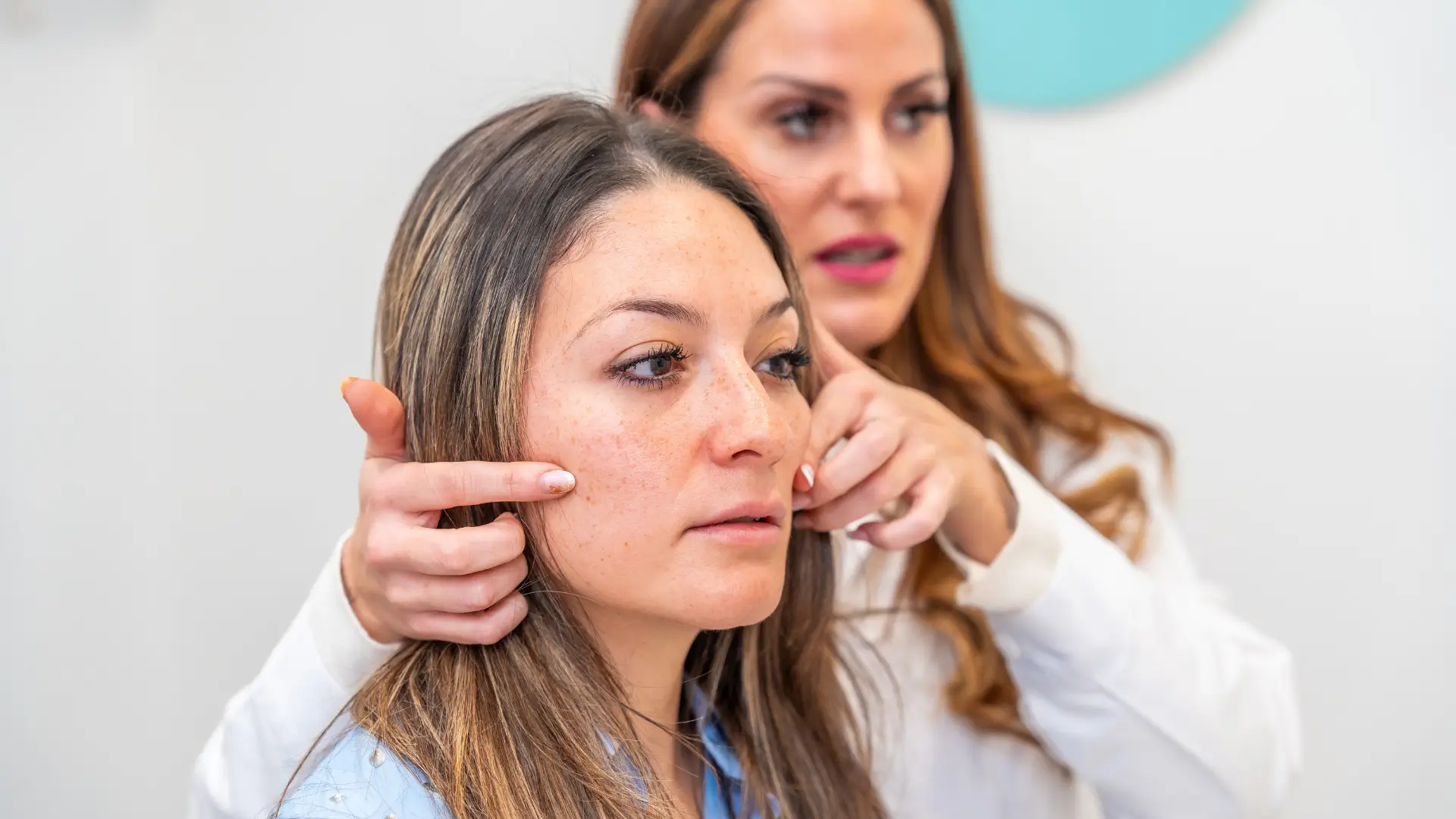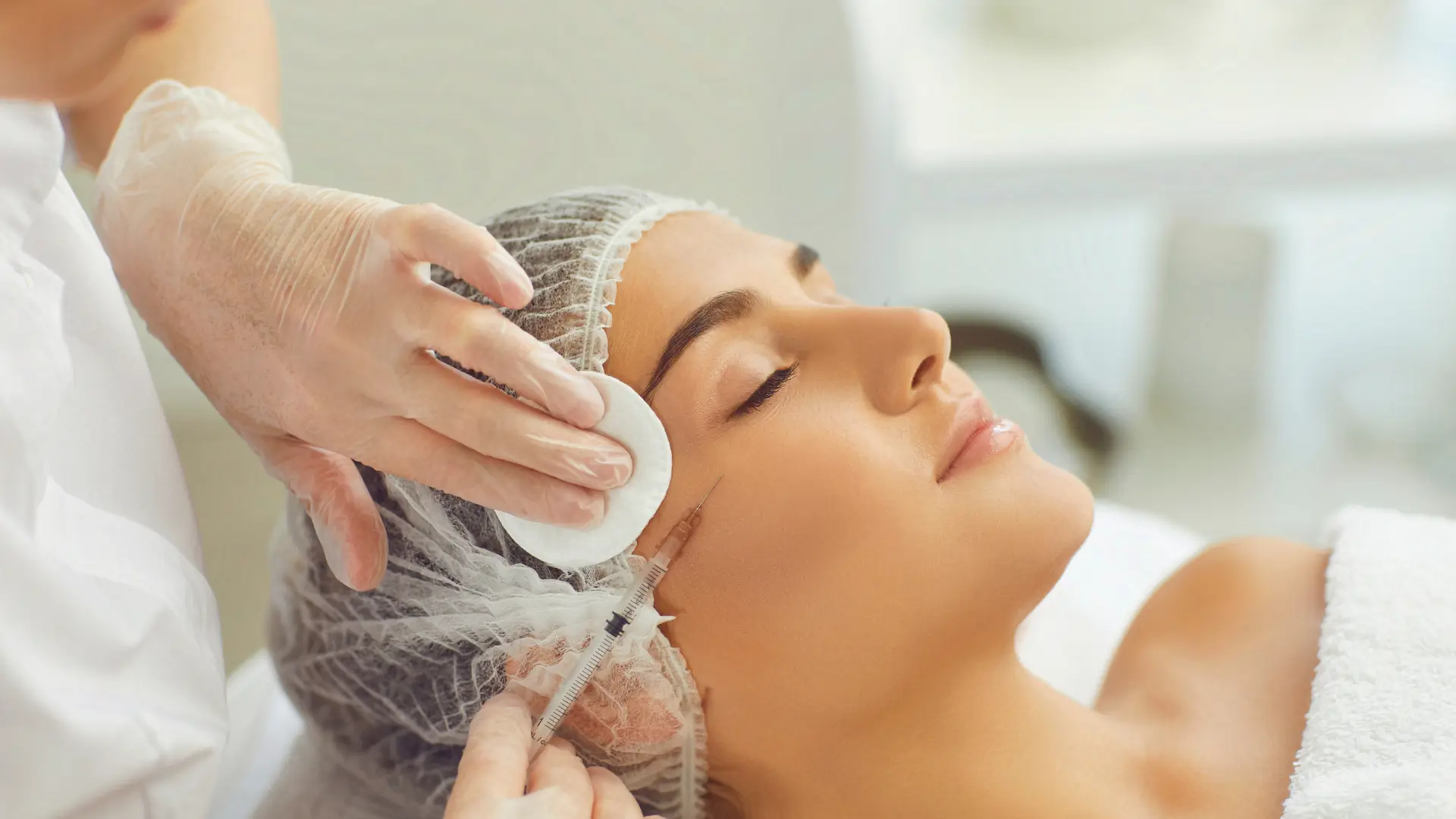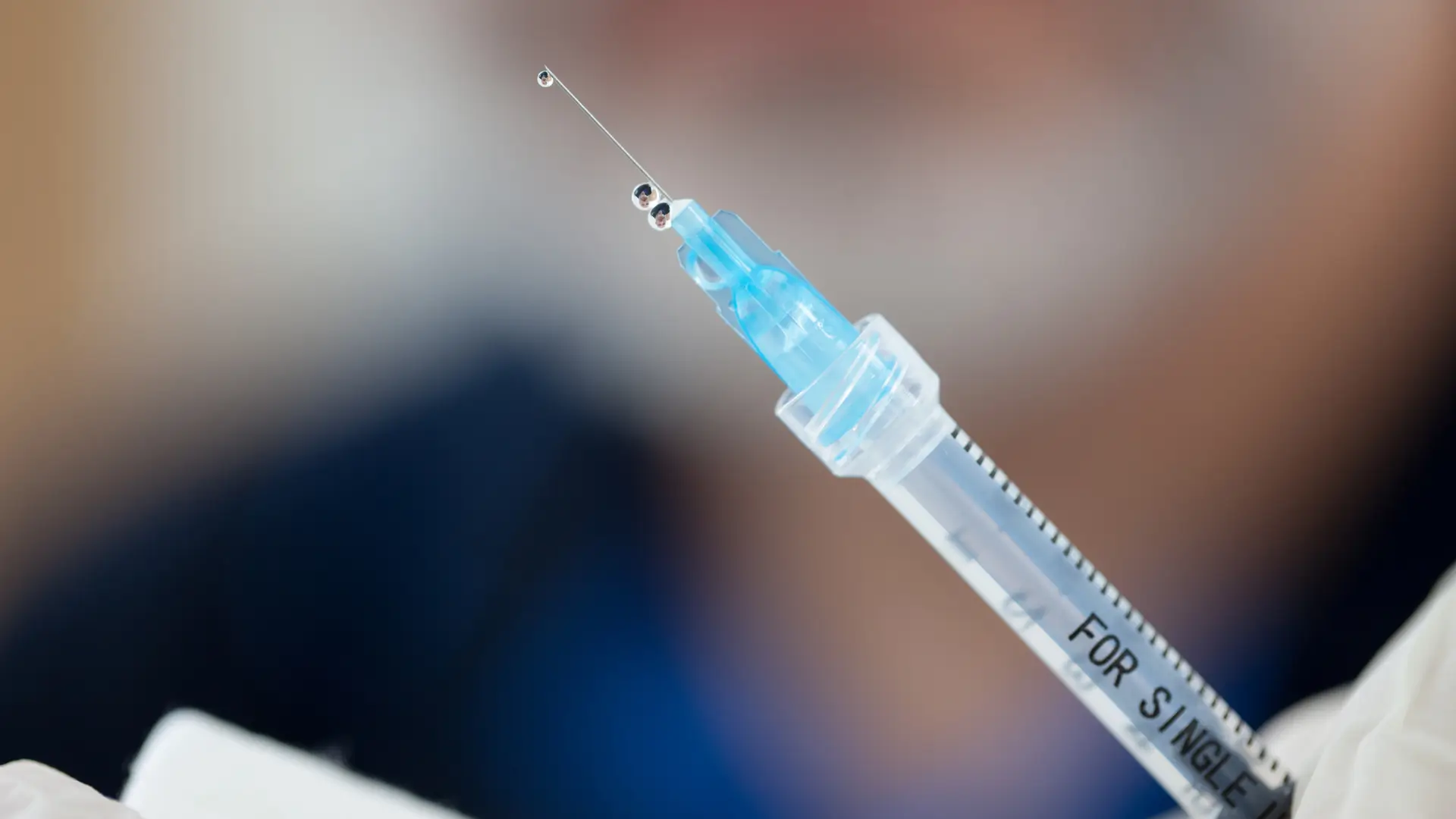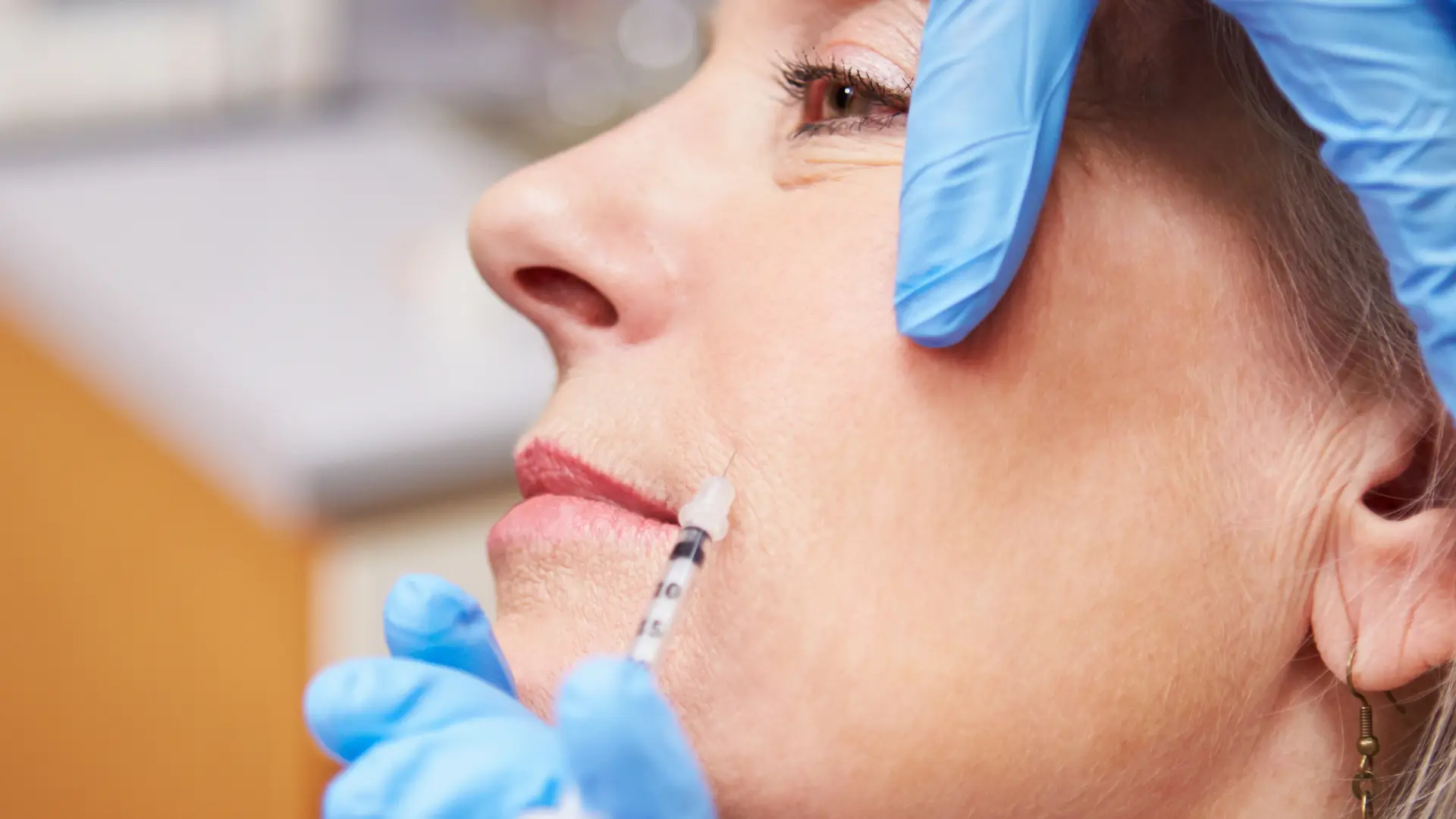Did you know that the proper administration of botulinum toxin type A injections is essential for achieving optimal outcomes and ensuring safety? The American Society of Plastic Surgeons notes that targeting 43 distinct facial muscles requires detailed anatomical knowledge, with poor injection technique accounting for a significant proportion of complications.
Against this backdrop of procedural complexity, practitioners have turned to formulations like Innotox, whose refined composition may offer clinicians greater flexibility in injection volume and site selection. Mastery of the proper administration is key to unlocking predictable diffusion and optimizing patient results.
In this article, we will detail step-by-step instructions for injecting Innotox, review best practices for dosage and dilution, and highlight safety checkpoints to guide clinicians toward precise and effective treatments.
Key Takeaways
- Innotox offers a ready-to-use liquid formulation, eliminating the need for manual reconstitution, which helps ensure precise dosing and consistent results for practitioners and patients.
- The typical onset of Innotox effects is observed within 2–5 days, with full aesthetic results typically visible by day 7, lasting between 3 and 6 months.
- Innotox is administered via deep and superficial injections at specific facial areas, such as glabellar lines, crow’s feet, and forehead lines, with precise dosing for each zone to achieve predictable muscle relaxation and wrinkle smoothing.
- Proper patient preparation and post-treatment care are crucial for minimizing complications, such as bruising and muscle migration. This includes practices like applying a cold compress and avoiding strenuous activities for 24 hours.
- Clinicians should adhere to strict aseptic techniques and ensure proper dosing, syringe labeling, and patient education to prevent contamination and immunogenic reactions.
- Innotox has received approval in South Korea and is not yet FDA-approved in the U.S., but it shows comparable efficacy to other established botulinum toxins, such as Botox, in clinical trials.
About: Medica Depot is your trusted all-in-one supplier, offering a range of high-quality medical injectables and supplies. If you’re looking to buy Innotox, contact Medica Depot’s sales representatives and they will guide you on how to do so. Whether for health professionals, plastic surgeons, dermatologists, licensed estheticians, or other specialists, we can offer genuine, brand-name products you may need. With Medica Depot, we prioritize serving you better to improve the patient’s quality of life.
Pre-Treatment Planning and Patient Prep for Innotox Injections

Before undergoing any botulinum toxin treatment, patients should consult with a licensed medical professional to determine the most suitable product for their specific skin concerns. Practitioners play a key role in tailoring the treatment to ensure both safety and effectiveness in Innotox injections.
- Patient Assessment and Consent: The healthcare provider reviews the patient’s medical history, current medications, and any neuromuscular conditions. This step also includes confirming there are no contraindications and obtaining informed consent.
- Pre-Procedure Instructions: They may ask patients to avoid alcohol, aspirin, and NSAIDs for 24 hours to minimize bruising. Additionally, instruct them to wash the treatment area and remove all makeup thoroughly.
- Dosing Preparation: Calculate exact volumes using Innotox’s ready-to-use concentration (4 U/0.1 mL).
By following this structured workflow, practitioners can achieve precise dosing, reduce errors, and help every patient achieve reliable, natural-looking results.
Innotox Injection Technique and Injection Site by Facial Area

Proper skin preparation and injection planning are essential to achieving the best results with Innotox. Providers should map injection sites based on dynamic wrinkle patterns and underlying muscle activity. Once prepared, disinfect the skin, mark each point, and load sterile, low-dead-space syringes for accurate administration.
Although Innotox has no specific dosage instructions for aesthetic procedures, clinicians should customize Innotox injections for each facial zone to ensure precise muscle relaxation and wrinkle smoothing.
Typical techniques include:
- Glabellar Lines: 3–5 injection sites with 4–5 U per site, and deep intramuscular injections at a 90° angle.
- Forehead Lines: 4–5 points, spaced 1–1.5 cm apart with 2–4 U per point, and superficial placement at a 30–45° angle.
- Crow’s Feet: 3–5 points per side with 2–4 U per point, and shallow injections at 45°, about 1 cm from the orbital rim.
- Bunny Lines: 2–3 points along the nasal bridge with 2–4 U per point, and superficial, intradermal placement.
- Masseter Reduction: 2–3 points per side in the masseter belly with 10–20 U per point, and intramuscular injections for muscle slimming.
- Chin Dimpling: 2 points in the mentalis muscle with 4–10 U per point, and deep injections at a 90° angle.
Managing Patient Comfort and Risk During Innotox Injection Treatment
Clinicians can use simple yet effective techniques to make Innotox injections as comfortable as possible for patients. Applying a topical anesthetic or a cold pack to numb the skin before injecting and offering reassurance throughout the procedure can help patients relax and minimize their discomfort.
In addition to ensuring safe treatments and complying with medical protocols, practitioners must follow strict guidelines:
- Inspect each vial for an intact seal, a clear solution, and a valid expiration date.
- Label syringes with the date, prescribed dose, and lot number for traceability.
- Adhere to aseptic technique, using new, sterile needles and syringes for every injection.
- Educate patients on early signs of adverse events and schedule a follow-up visit to monitor outcomes and address any concerns.
Tips to Prevent Complications When Injecting Innotox

To ensure that every Innotox treatment remains sterile and safe, practitioners must strictly adhere to the treatment protocol. By combining meticulous preparation, precise dosing, and clear patient guidance, they can safeguard against contamination, optimize outcomes, and enhance overall patient satisfaction.
- Aseptic Handling: Inspect each vial’s cap and seal before opening, then label it with the first-use date. Swab rubber stoppers with alcohol before every syringe entry.
- Equipment and Skin Prep: Always use new, sterile, low-dead-space syringes and 30–32G needles for better control. So, how long does Innotox last after opening? Practitioners can only use opened Innotox vials for up to four weeks.
- Precise Injection Technique: Adjust needle depth and angle for each facial or therapeutic area. Space injections 1–1.5 cm apart and inject slowly to control the spread of the toxin.
- Follow-up: Schedule a follow-up visit to assess results, address any side effects promptly, and reinforce aftercare guidelines.
Conclusion
Innotox injections can deliver remarkable results when performed correctly. Understanding the detailed procedures and best practices ensures both efficacy and safety. From patient assessment to customizing injection techniques, each step plays a vital role in delivering optimal outcomes.
Safety remains a top priority during treatments. By following strict protocols, clinicians can minimize risks and enhance patient comfort. By educating patients about the process and possible side effects, providers can build trust and support throughout the treatment journey. Proper administration of Innotox not only smooths wrinkles but also boosts confidence in those seeking aesthetic enhancements.
FAQs
1. How should practitioners prepare for Innotox injections?
Consult a qualified medical professional who will assess your medical history and guide you on pre-treatment protocols, including avoiding alcohol and certain medications.
2. What is the correct dosage for administering Innotox?
Use the ready-to-use concentration of 4 U/0.1 mL to calculate dosages. Customize the amount based on the facial area being treated and individual patient needs.
3. How can providers ensure a safe and comfortable injection experience?
Follow strict safety protocols, such as using sterile equipment, and consider applying a topical anesthetic to minimize discomfort for the patient. Furthermore, adhere to the recommended injection practices for optimal outcomes.
References
American Society of Plastic Surgeons. Botulinum Toxin Procedure Steps. American Society of Plastic Surgeons. Accessed July 17, 2025. https://www.plasticsurgery.org/cosmetic-procedures/botulinum-toxin/procedure
Ministry of Food and Drug Safety (MFDS). INNOTOX (Clostridium botulinum toxin type A) (Export name: INNOTOX Inj.). Mfds.go.kr. Published 2021. Accessed July 17, 2025. https://nedrug.mfds.go.kr/pbp/CCBBB01/getItemDetailCache?cacheSeq=201310633aupdateTs2025-06-17%2009:59:17.0b









